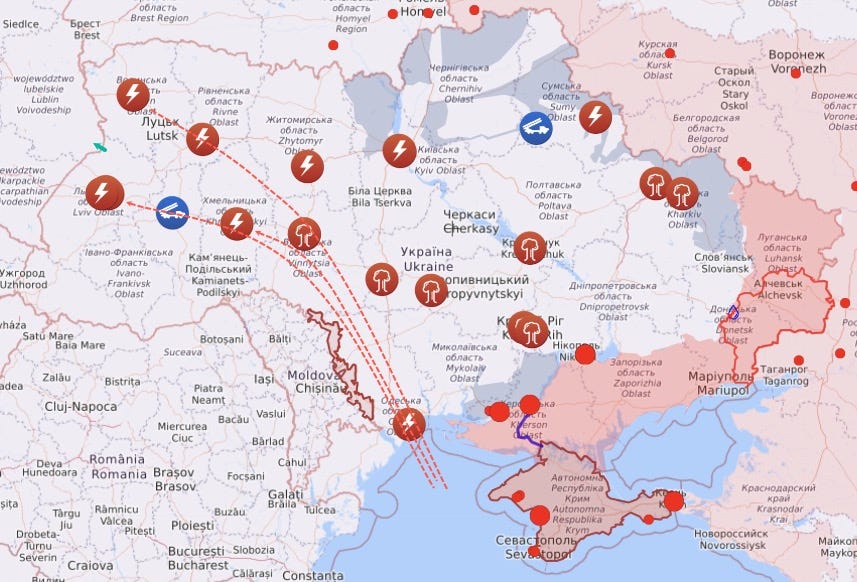Governments and media use perception management to drive public opinion.
As the days pass since the Polish missile incident, it has been interesting to see the stories transform to fit the desired narratives.
So, first, what is perception management?
According to the US Department of Defense, perception management is:
“Actions to convey and/or deny selected information and indicators to […] audiences to influence their emotions, motives, and objective reasoning […], ultimately resulting in […] behaviors and official actions favorable to the originator’s objectives. In various ways, perception management combines truth projection, operations security, cover and deception, and psychological operations.” – DoD Dictionary of Military and Associated Terms, 12 April 2001, Amended 19 August 2009.
Thus, perception management is government propaganda that manages what the public believes about a situation.
With the Polish missile incident, western governments had less experienced propagandists jump the gun and make spur-of-the-moment declarations that they thought would be the desired anti-Russia narrative. Initially, statements were made by several NATO countries that it was a Russian strike, followed by a “This is a Russian missile attack [...] We must act."
Most of these statements have since been removed, corrected, or toned down, showing the perception managers stepping in to clean up the mess.
Of course, the spin doctors also need to ensure the public keeps the World War 3 storyline at the top of their minds. We have articles from mainstream media like CNN and the New York Times touting wider conflicts with NATO due to the blast.
The point of these opening statements? Draw NATO into a war with Russia.
But this is where we find the more experienced propagandists stepping onto the stage to take control of the drama. The US was tracking incoming missiles, and data shows that strikes from the Caspian Sea or the Black Sea always have a (more or less) east-to-west trajectory near the Polish border.
As such, it is unlikely that the missiles would have been Russian, especially since Russia primarily uses modern precision-guided missiles.
The West was quick to make a well-measured response.
A reporter asked Biden about the likelihood of Russia having struck Poland, and he responded, “That’s not the evidence.” This statement was a surprisingly out-of-character response for him. After NATO met on the sidelines of the G20 Summit, the answer became that Biden was awaiting the results of an investigation before placing blame. We see the perception management people moving back to the standard line of blaming Russia.
Due to the early posting of photos of the Soviet-era missile fragments, the West had to pull their storylines back into a cohesive anti-Russia response. As such, the NATO response has become that it was a “Russian built” S300 missile system (S300 was Soviet built and a variation is currently built in Ukraine), followed by “This is not Ukraine’s fault. Russia bears ultimate responsibility […].”
So, we went full circle on the propaganda line: the West made accusations, exaggerated the possibility of a NATO war, and then took a middle ground. Finally, the perception handlers returned everyone to the approved storyline of, “We don’t know who fired the missile, but it’s still Russia’s fault.”
Common sense and any evidence aside, you do not need to think for yourself - the West has told us who to blame again.





And -- Scott Ritter is still banned from Tweeter !!!
Good post and well documented. Thank you.